PTSD & Ibogaine Treatment in Mexico: What to Know
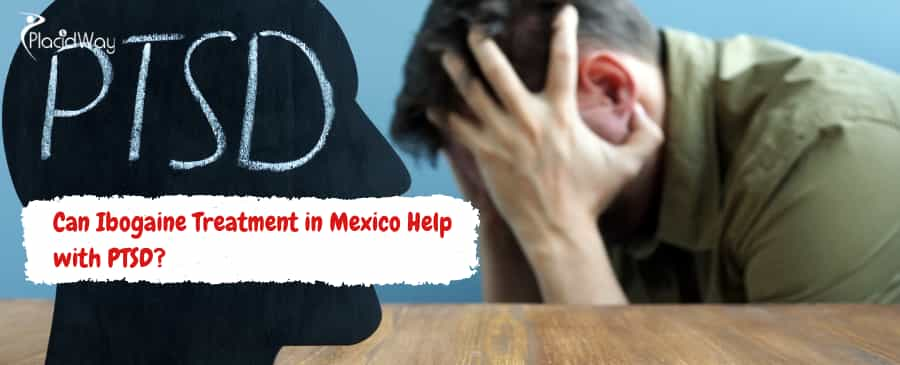
Living with Post-Traumatic Stress Disorder (PTSD) can feel like being trapped in a loop, where the past constantly overshadows the present. It's a challenging condition that affects millions, and for many, traditional therapies like talk therapy and medication don't provide complete relief. This has led many to search for alternative solutions, often looking beyond their own borders. One of the most talked-about, and controversial, options is Ibogaine treatment in Mexico. But can this powerful psychoactive substance, known primarily for treating addiction, really help with the deep-seated trauma of PTSD?
This is a major question for people seeking profound healing. Mexico has become a hub for clinics offering Ibogaine, as the substance is not approved in many other countries, including the United States. The promise is tempting: a single (or few) sessions that could potentially "reset" the brain and allow for the processing of trauma in a way that years of therapy couldn't. However, this path is filled with complexities, significant risks, and a lot of misinformation.
We're here to provide clear, expert-driven answers. This isn't a simple "yes" or "no" topic. It involves understanding what Ibogaine is, how it works, the specific legal and medical landscape in Mexico, and what the very real risks are. If you're considering this path, you need to be armed with trustworthy information. We'll explore the costs, the science (or lack thereof), the anecdotal reports, and what you must know to make an informed decision about your mental health journey.
What is Ibogaine and where does it come from?
At its core, Ibogaine is a plant medicine. For centuries, it has been a central part of spiritual practices, most notably the Bwiti tradition in Gabon. In this context, it's used in initiation rites and healing ceremonies, taken in large doses to induce profound spiritual and visionary experiences. It's not a recreational substance; it's a sacred tool for insight and connection.
In the 1960s, Ibogaine made its way to the West, where it was accidentally discovered to have potent anti-addictive properties. A single dose was found to significantly reduce or even eliminate withdrawal symptoms from opioids and curb cravings for other substances. This discovery shifted its modern use, making it a focal point for addiction treatment, even as its legal status became complicated.
How is Ibogaine treatment in Mexico different from other places?
This lack of regulation is both the reason people go to Mexico and the reason it carries risk. In the United States, Ibogaine is classified as a Schedule I controlled substance, putting it in the same category as heroin and LSD, making it illegal to manufacture, possess, or distribute. This effectively halts most research and all clinical use.
Mexico's regulatory environment is far more ambiguous. This ambiguity has allowed a large "medical tourism" industry to develop, particularly in cities like Rosarito, Tijuana, and Cancun. These clinics offer Ibogaine therapy to foreigners who cannot access it at home. The quality of these clinics varies wildly, from luxury centers with full medical staff to questionable operations with little oversight.
What is the primary use of Ibogaine treatment?
This is a critical point to understand. The vast majority of research and anecdotal evidence surrounding Ibogaine focuses on its role as an "addiction interrupter." It's believed to work by interacting with numerous neurotransmitter systems in the brain at once. It essentially "resets" the brain to a pre-addicted state, often eliminating withdrawal symptoms and cravings for a period, which opens a "window of opportunity" for a person to begin recovery.
The application for PTSD is a newer, secondary exploration. The theory is that if Ibogaine can "reset" the brain's addictive pathways, it might also be able to "reset" the neural pathways of trauma, fear, and hypervigilance that define PTSD. But this is still largely a hypothesis, not a scientifically established fact.
Does Ibogaine actually work for PTSD?
This is the most important question, and the answer is complex. Ask someone who has had a positive experience, and they may describe it as a miracle. Many people report that the Ibogaine experience allowed them to revisit their trauma from an objective, detached perspective, as if watching a movie of their life. This "oneiric" (dream-like) state can allow them to re-process memories without the attached emotional charge of fear and pain.
However, personal stories are not the same as clinical evidence. The studies that do exist are often small, lack control groups, or combine Ibogaine with other treatments, making it hard to isolate its effects. Unlike MDMA, which has undergone Phase 3 clinical trials for PTSD, Ibogaine is far behind in terms of scientific validation for this specific condition.
How does Ibogaine supposedly help with trauma and PTSD?
This is a two-part process: biological and psychological.
- The Biological "Reset": Ibogaine and its long-lasting metabolite, noribogaine, interact with a huge range of receptors in the brain. The most exciting potential is its ability to increase GDNF. Think of GDNF as "fertilizer for the brain." It helps repair and grow new neural connections. In a brain stuck in PTSD loops, this could create the new pathways needed to get "unstuck."
- The Psychological "Life Review": The psychoactive experience itself is key. Users often report a panoramic, rapid-fire review of their life's key memories. When this is guided by a therapist or facilitator, it can be a powerful tool to confront and re-contextualize the root trauma, integrating it as part of their story rather than a dominating, recurring event.
Is Ibogaine treatment for PTSD legal in Mexico?
This ambiguity is the core of the Ibogaine in Mexico phenomenon. The government doesn't officially recognize it as a medicine, but it also doesn't prohibit its use. This means clinics are not "licensed" to provide Ibogaine in the way a hospital is licensed. They operate as "wellness centers" or "detox facilities."
The lack of regulation means there is no governing body to ensure safety, staff qualifications, or ethical practices. The responsibility falls entirely on the patient to research and vet a clinic, which can be incredibly difficult when you're in a vulnerable state.
What are the risks and side effects of Ibogaine treatment?
This cannot be overstated: Ibogaine can be dangerous. It is not a substance to be taken lightly. The primary cause of fatalities related to Ibogaine is its effect on the heart. It can slow the heart rate (bradycardia) and prolong the QT interval, which is a measure of the heart's electrical cycle. In susceptible individuals, or when mixed with other medications, this can lead to a fatal arrhythmia.
Other serious risks include:
- Seizures: Especially in those with a pre-existing seizure disorder.
- Ataxia: A temporary loss of muscle coordination, making it difficult to walk or move.
- Drug Interactions: Ibogaine is metabolized by an enzyme (CYP2D6) that many other drugs use, including common antidepressants (SSRIs). Mixing them can be extremely dangerous.
- Psychological Risk: The "trip" can be harrowing, forcing users to confront their deepest fears and traumas. Without proper support, this can be re-traumatizing.
What does a typical Ibogaine treatment program in Mexico look like?
Reputable clinics follow a multi-stage process:
- Intake and Pre-Screening: This is the most critical phase. The clinic *must* get your full medical history and run tests, including a multi-lead EKG (or ECG) to check your heart and blood work to check your liver and kidney function. If a clinic skips this, it is a major red flag.
- Stabilization: You'll spend a day or two at the facility to acclimate and get off any substances that could interact with the Ibogaine.
- The "Flood Dose": This is the main session where you are given a full, calculated dose of Ibogaine. You will be in a private, comfortable room, lying down. You will be monitored by medical staff (ideally with a heart monitor) for the entire duration, which can last 12-24 hours. The psychoactive (visionary) part typically lasts 4-8 hours.
- Recovery & Integration: The next few days are for rest. You will feel physically weak and may still have ataxia. This time is also used for "integration"—talking with a therapist or coach about your experience, what you learned, and how to apply it to your life moving forward.
How much does Ibogaine treatment in Mexico cost?
This wide range in price is due to several factors: the level of medical supervision, the quality of accommodations, the staff-to-patient ratio, and the length of the included aftercare program. Price should not be the only factor; a cheaper clinic may be cutting corners on essential medical safety.
Here is a general breakdown of what you can expect at different price points:
Cost Comparison for Ibogaine Treatment Centers in Mexico
| Feature | Basic Clinic ($5,000 - $8,000) | Mid-Range Center ($8,000 - $12,000) | Luxury/Premium Facility ($12,000+) |
|---|---|---|---|
| Accommodations | Shared room, basic amenities, may feel more clinical. | Private, comfortable room, nice surroundings. | Luxury private suite, holistic services (yoga, massage, chef). |
| Medical Staff | On-call doctor, 24/7 nursing staff. | Doctor on-site or 24/7 on-call, experienced ER/ICU nurses, 1-on-1 supervision during treatment. | Full-time medical director (MD), cardiologist consultation, 24/7 ICU-level nursing staff. |
| Pre-Screening | Basic EKG and blood work upon arrival. | Comprehensive EKG, full blood panel, and psychological evaluation (often required before booking). | Extensive cardiac screening (stress test, echocardiogram), full lab work, psychiatric assessment. |
| Aftercare & Integration | Basic integration plan, 1-2 follow-up calls. | Several weeks of remote integration coaching or therapy sessions included. | A comprehensive, multi-month (or year-long) integration and recovery coaching program. |
What is included in the cost of an Ibogaine treatment program?
You should always ask for a detailed list of what is and is not included. Typically, the cost does *not* include:
- Airfare to Mexico.
- Transportation from the airport (though some clinics do include this).
- Any specialized medical tests you need to get in your home country before you leave.
- Extensive, long-term psychotherapy after you return home.
How do I choose a safe Ibogaine clinic in Mexico?
This is the most important research you will do. Do not be swayed by a fancy website alone. You must become an advocate for your own safety. Create a checklist and interview clinics.
Questions to Ask Any Clinic:
- What are the qualifications of your medical director? Are they an MD?
- Are nurses on-site 24/7? What is their background (e.g., ER, ICU)?
- What specific medical screening do you require? (The answer *must* include EKG and blood work).
- How am I monitored during the flood dose? (The answer *must* include a continuous heart monitor/pulse oximeter).
- What emergency medical equipment do you have on-site? (They *must* have an Automated External Defibrillator (AED), oxygen, and resuscitation drugs).
- What is your protocol for a cardiac emergency? How close is the nearest hospital?
- What is your policy on pre-existing medications, especially antidepressants?
If a clinic is vague, dismissive of your questions, or says, "It's perfectly safe, don't worry," hang up and move on. A trustworthy clinic will be transparent and welcome your questions about safety.
What are the success rates for Ibogaine and PTSD?
Be extremely wary of any clinic that advertises a "90% success rate" or similar. Such claims are unprovable and unethical. When it comes to PTSD, "success" is not a simple metric. Is it a reduction in nightmares? Fewer flashbacks? An improved ability to form relationships?
The success of this treatment is less about the "trip" itself and more about the integration that happens afterward. The Ibogaine experience may provide a breakthrough, but the hard work of building a new life and new coping mechanisms begins the moment it wears off.
What happens after the Ibogaine treatment?
This is where the real work for PTSD healing begins. The Ibogaine may have cleared the "static" and quieted the fear response, but it doesn't teach you new coping skills. This is the time to engage deeply with a therapist, coach, or support group.
Good integration focuses on:
- Making Sense: Talking about the Ibogaine experience and its insights.
- Building Habits: Establishing new, healthy routines (exercise, meditation, journaling).
- Processing: Continuing to work through the root traumas in a safe, therapeutic setting, but now with a new perspective.
Clinics that just send you home the day after with a "good luck" are not providing complete care. Look for a clinic that has a robust aftercare or integration program.
Can Ibogaine be combined with other PTSD therapies?
The most significant contraindications are medications. You *cannot* take most psychiatric medications, particularly SSRIs or MAOIs, with Ibogaine due to the high risk of serotonin syndrome or cardiac events. You must taper off these medications safely under medical supervision long before your treatment.
The best approach is to see Ibogaine treatment as a powerful preparation for other therapies. It can break through the "stuck" feeling of PTSD, making a person more receptive to traditional therapy that may have failed them in the past.
Who should not take Ibogaine?
This is a non-negotiable safety list. Reputable clinics will refuse to treat you if you have any of the following:
- Any history of heart attack, heart failure, or arrhythmia.
- A baseline EKG showing a prolonged QTc interval.
- Uncontrolled high blood pressure.
- A history of stroke or blood clots.
- Active psychosis or schizophrenia.
- Impaired liver or kidney function (as these organs clear the drug).
This is why the pre-screening is so vital. A clinic that is willing to treat you despite these conditions is not a clinic; it is a business that is willing to risk your life for profit.
What is the difference between Ibogaine and Iboga?
Think of it like this: Iboga is the whole orange, while Ibogaine is the Vitamin C extracted from it. However, the Iboga plant contains at least 11 other psychoactive alkaloids.
Some clinics and traditional practitioners prefer to use the whole root bark (Iboga), believing the other alkaloids create a more balanced, holistic, and spiritual experience. Most medical-model clinics in Mexico, however, prefer to use Ibogaine HCL (an extract) because the dose can be calculated precisely based on body weight, which is considered safer and more predictable for medical monitoring.
How long do the effects of Ibogaine treatment last for PTSD?
Ibogaine is not a "one and done" magic pill. The substance itself leaves your body, but the window it opens is what matters. For PTSD, patients may feel a significant, immediate reduction in hypervigilance and anxiety. The traumatic memories may lose their "charge."
This period of peace is the time to build new mental habits. If a person returns to their old environment and routines without doing any integration work, the PTSD symptoms are likely to return over time. The Ibogaine provides the breakthrough; you have to do the follow-through.
Are there any medical studies on Ibogaine for PTSD?
One notable study, often cited by clinics, is an observational study from New Zealand that looked at Ibogaine treatment for addiction. It found that participants (many of whom had co-occurring trauma) reported significant, lasting improvements in mental health, family relationships, and overall well-being.
Another is a series of case studies from a clinic in Mexico that showed promising reductions in PTSD, depression, and anxiety symptoms in military veterans. However, these are small-scale and not the "gold standard" of a randomized controlled trial. The science is still in its infancy.
What preparation is needed before going to Mexico for Ibogaine?
The preparation phase is just as important as the treatment itself.
- Medical Prep: Get your EKG and blood work done *before* you pay a deposit. Send it to the clinic's medical director for approval. This confirms they *can* treat you and that they *are* taking safety seriously.
- Medication Taper: This is the most complex part, especially for PTSD patients who are often on antidepressants. You *must* work with a doctor to create a slow, safe tapering plan. Stopping cold-turkey is dangerous.
- Mental & Spiritual Prep: Set your intention. Why are you doing this? What trauma are you ready to face? What do you want to let go of? Journaling, meditation, and light exercise can help prepare your mind for the intense experience.
Is Ibogaine treatment a "cure" for PTSD?
A "cure" implies you take it and the problem is gone forever. This is not how Ibogaine or trauma works. Ibogaine treatment can provide a life-altering perspective and a biological "leg up" by resetting neural pathways, but it doesn't erase memories or automatically give you a new personality.
Think of it this way: Ibogaine can get you out of the "locked room" of your trauma. But once you're out, you still have to learn how to navigate the rest of the house and the world outside. That's the work of integration, and it's a lifelong, but much more hopeful, journey.
Ready to explore your options for healing and wellness? While Ibogaine is a complex treatment, PlacidWay is your partner in finding trusted, high-quality medical providers around the world. Contact us today to learn about a wide range of safe and effective healthcare solutions tailored to your journey.
Explore PlacidWay
.png)

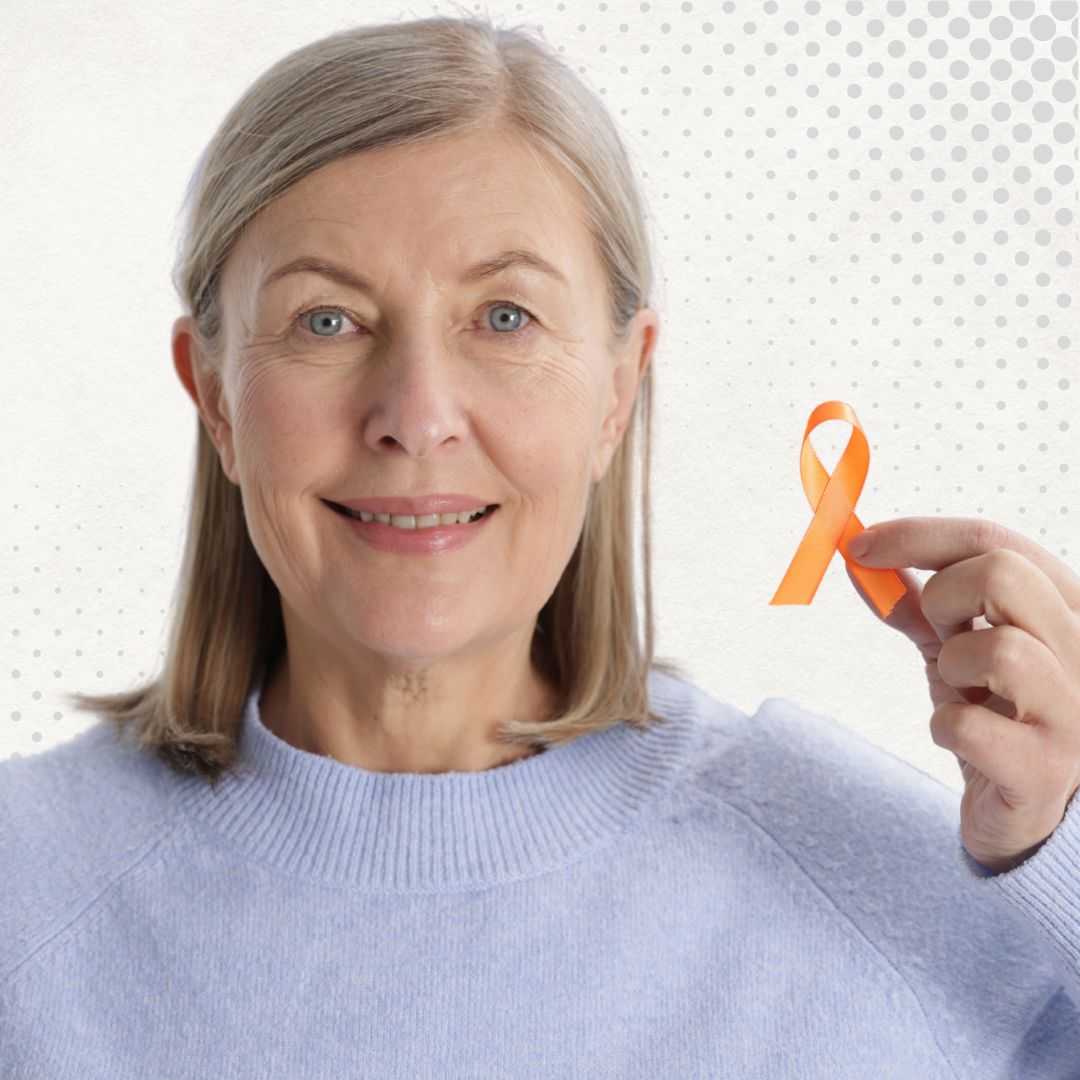


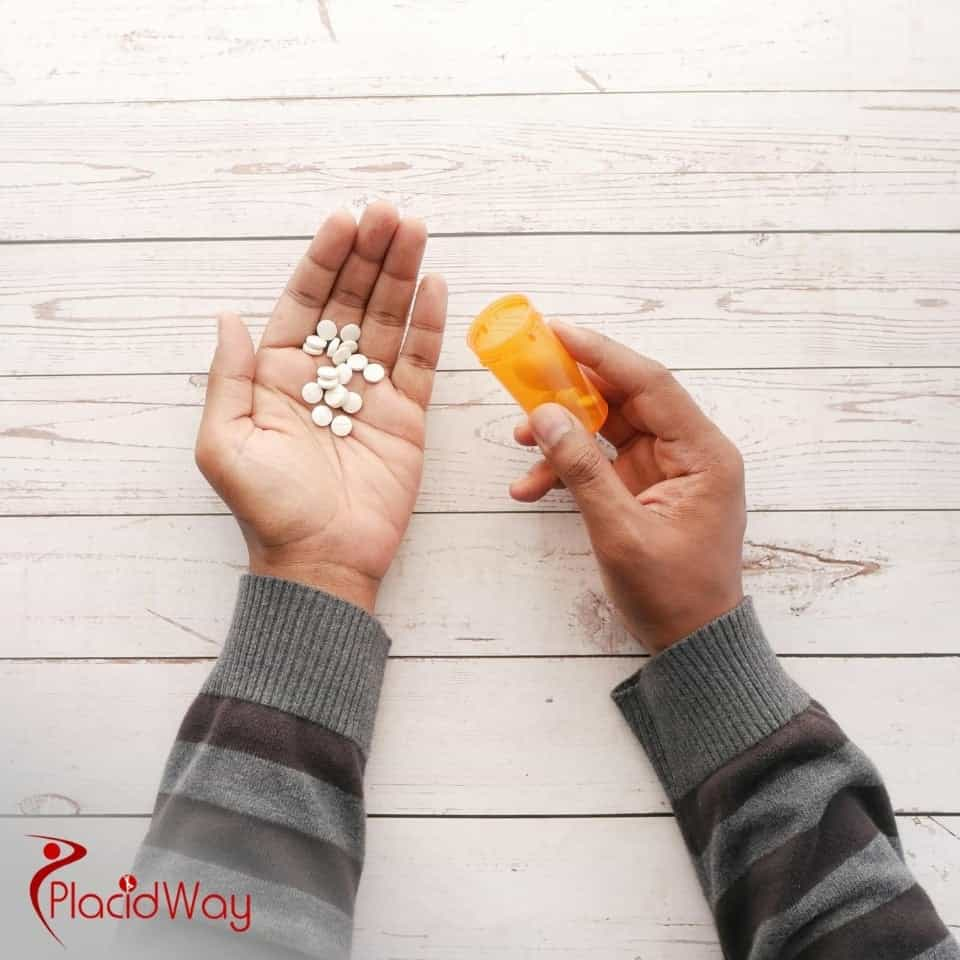
.png)
.png)
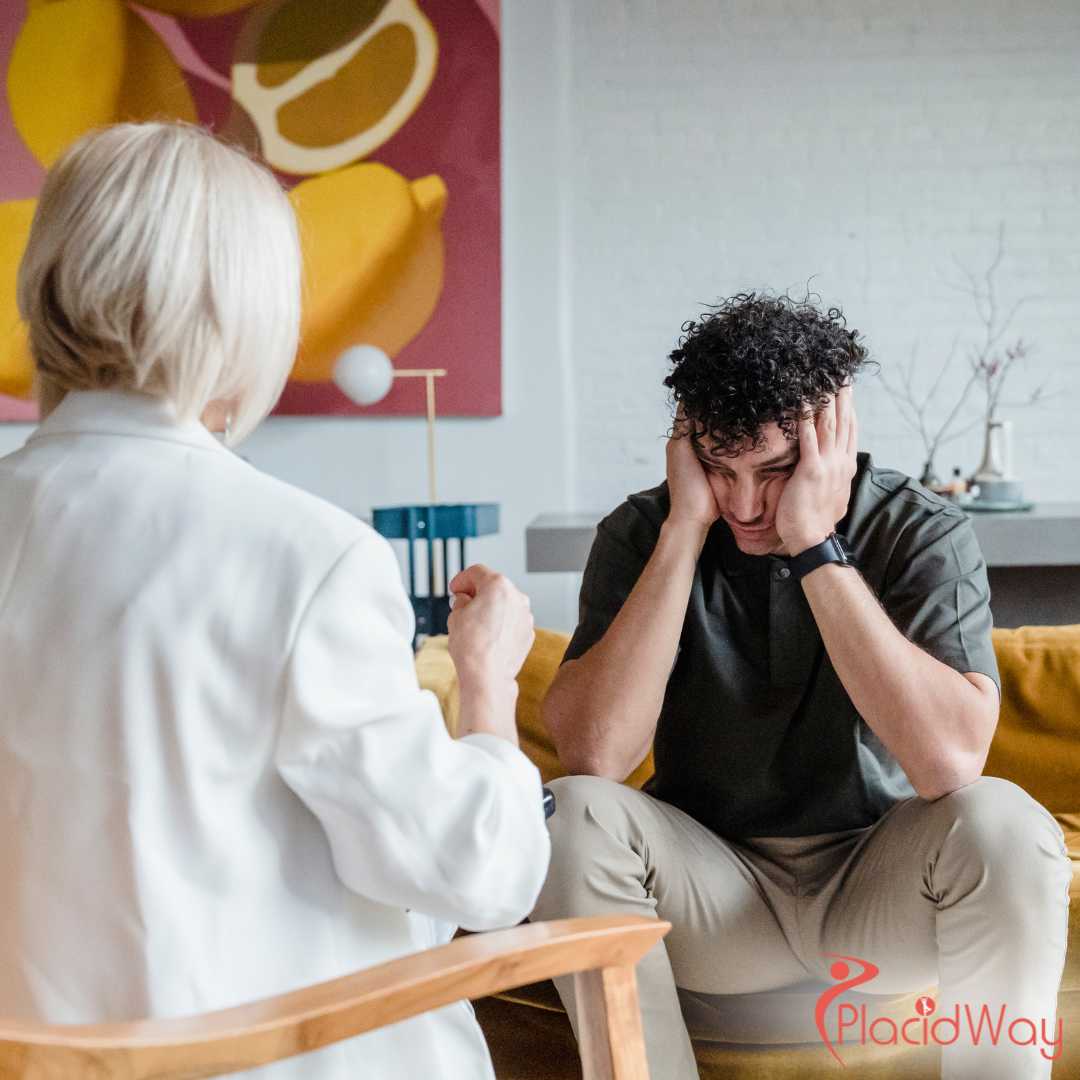


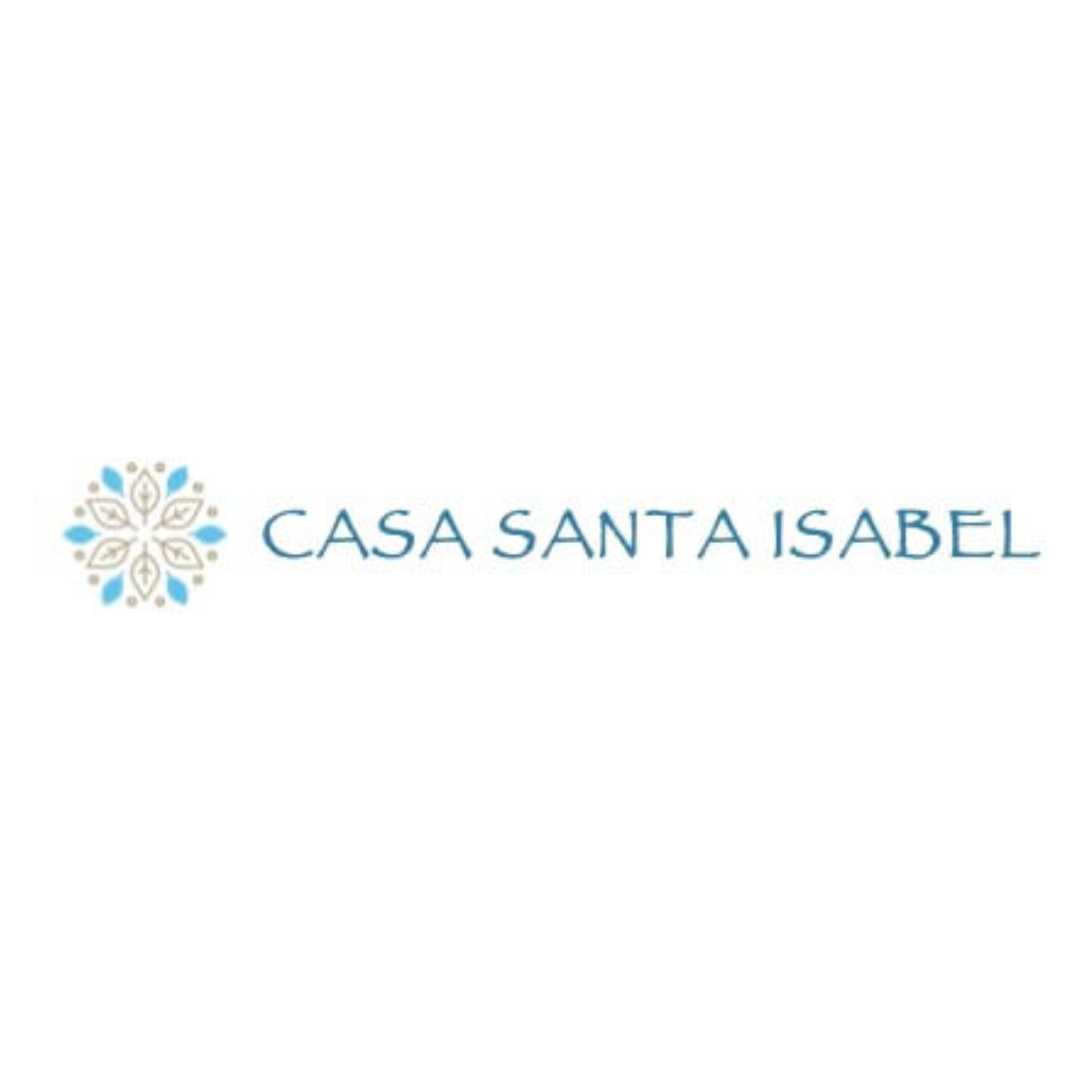
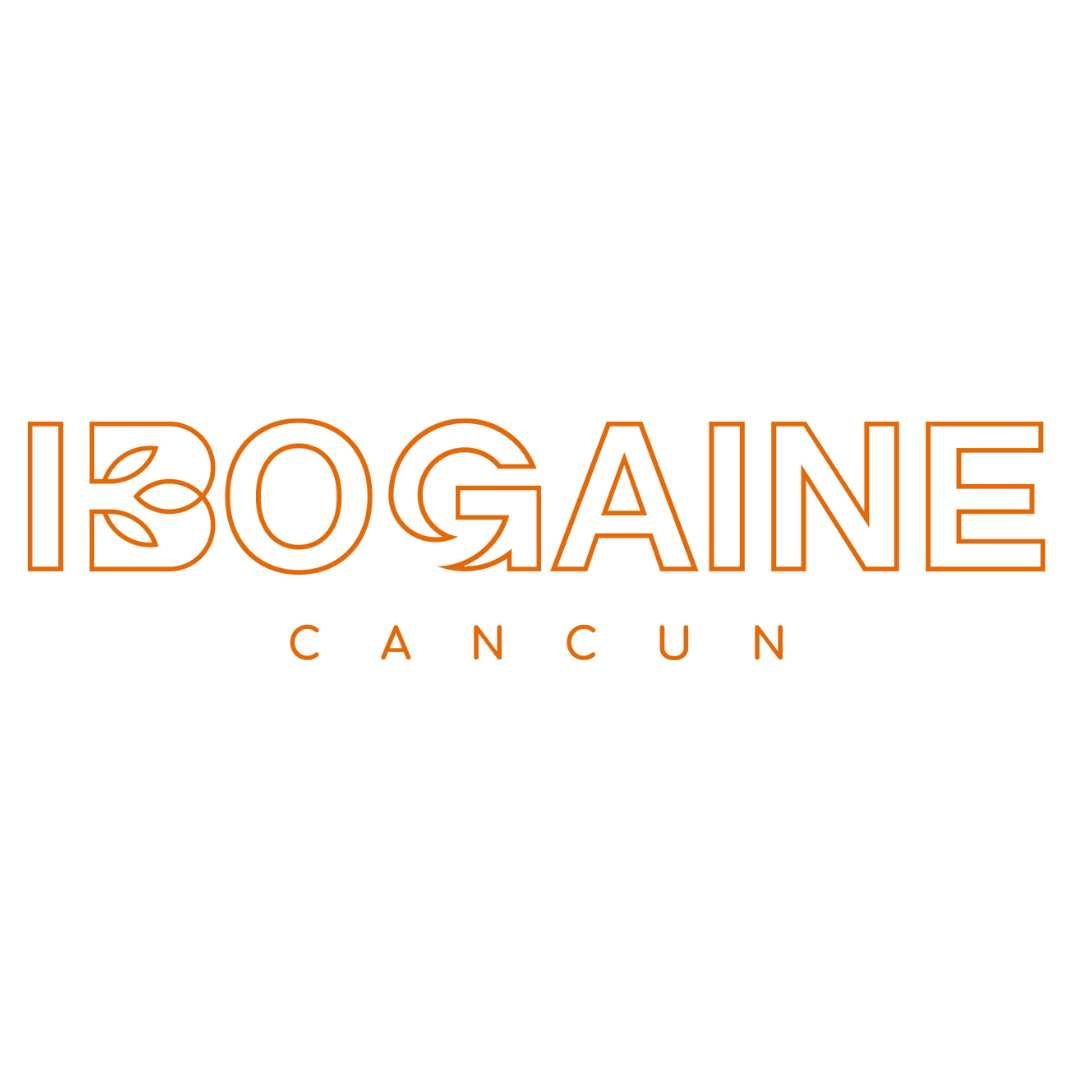
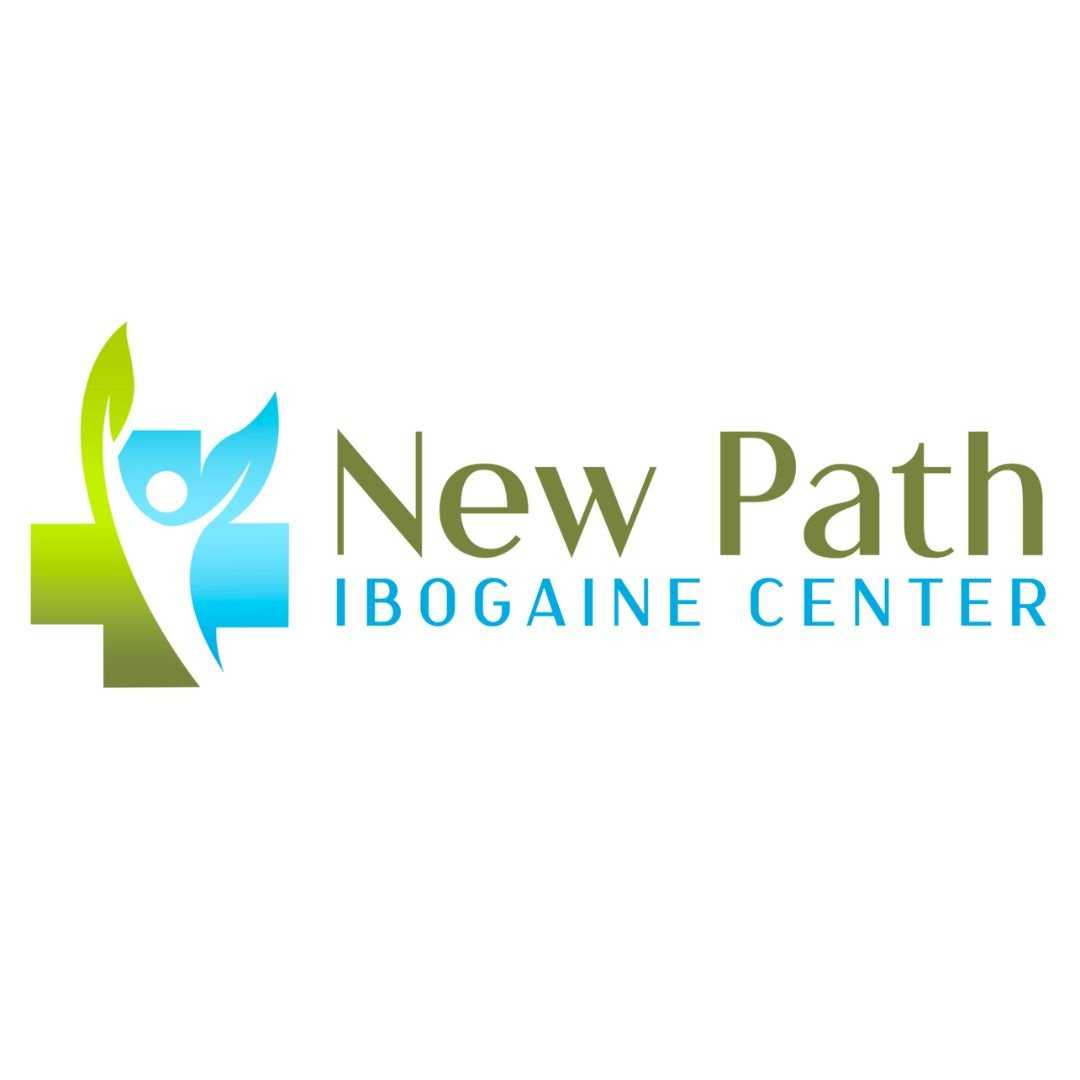

Share this listing